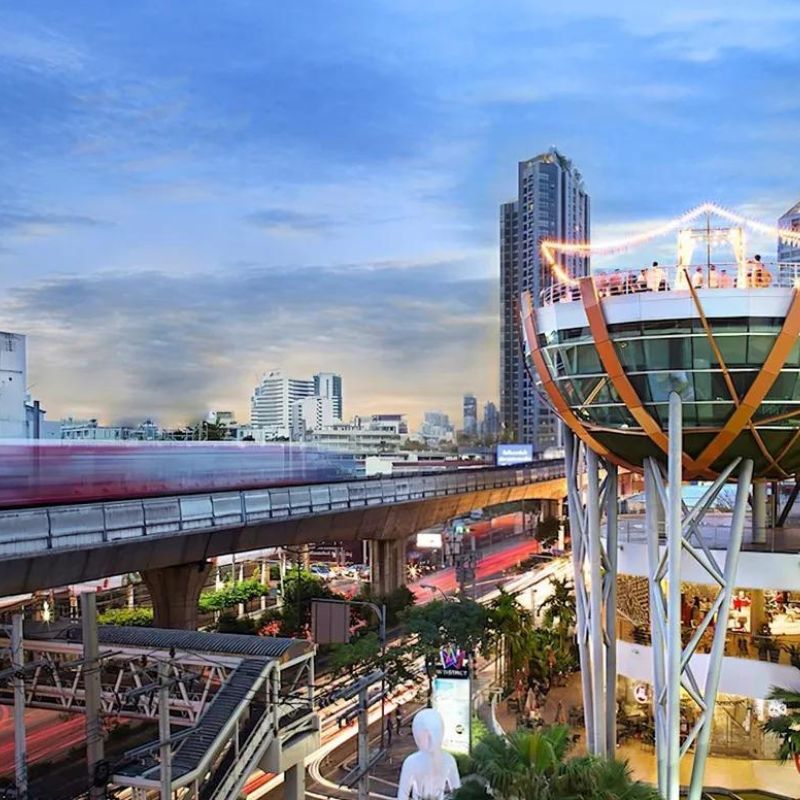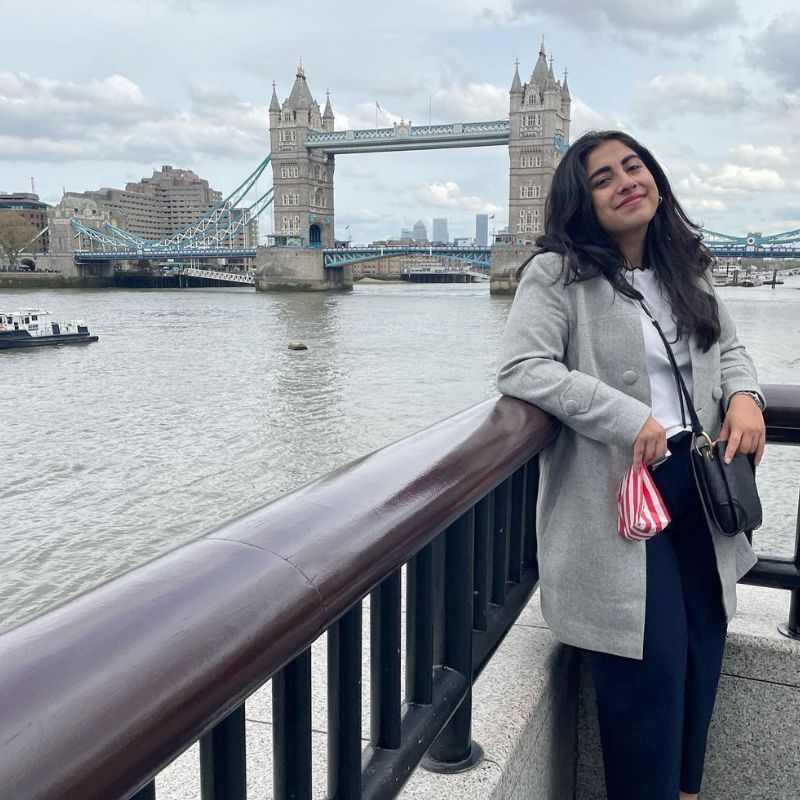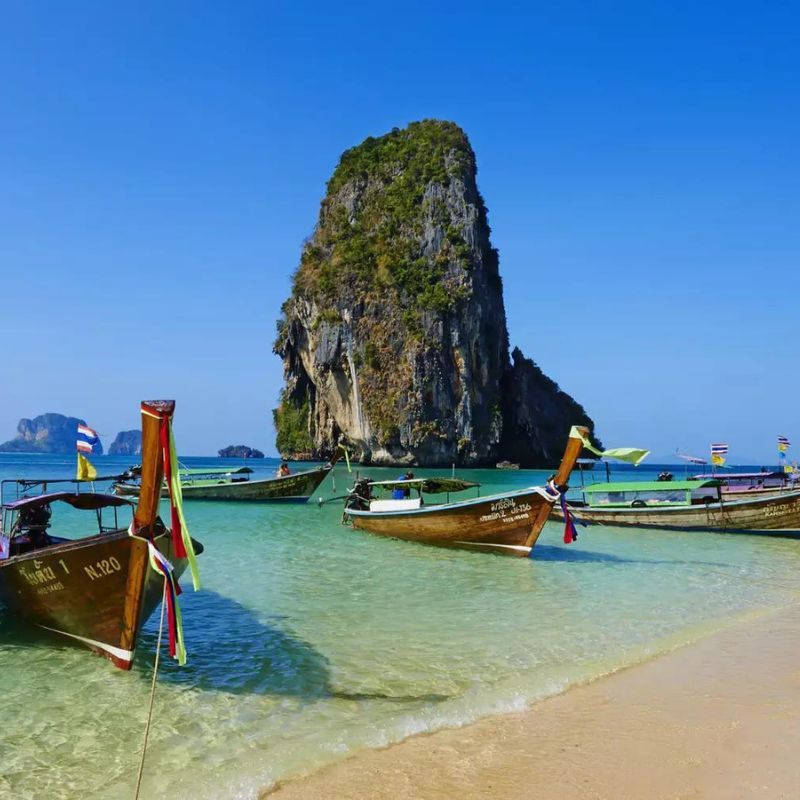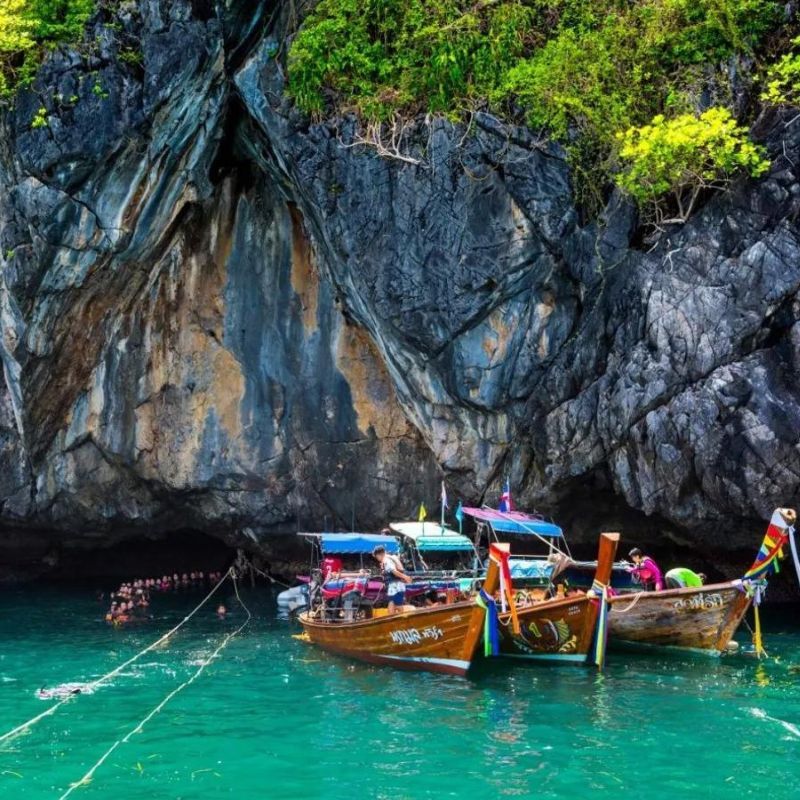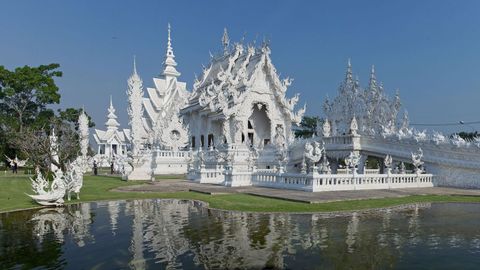
Locally known as “Wats”, Thailand’s temples are more than pilgrimage sites; they are architectural monuments as well that stand as a testament to the rich and complex history of Thailand. With over 30,000 temples sprawled across the nation, these sacred havens encompass the local culture, history and lifestyle and are a must-visit. They are not only revered by pilgrims but also admired by tourists for their artistic beauty, offering a glimpse into the Thai temple art and architecture.
Embark on a journey through the most famous temples, where the echoes of tradition and time resound. From the grandeur of Bangkok’s Wat Saket to the serenity of Chiang Mai’s Wat Phra That Doi Suthep, Thailand’s temples are sure to leave a lasting impression.
Temple trail: Most famous shrines in Thailand
Wat Pho
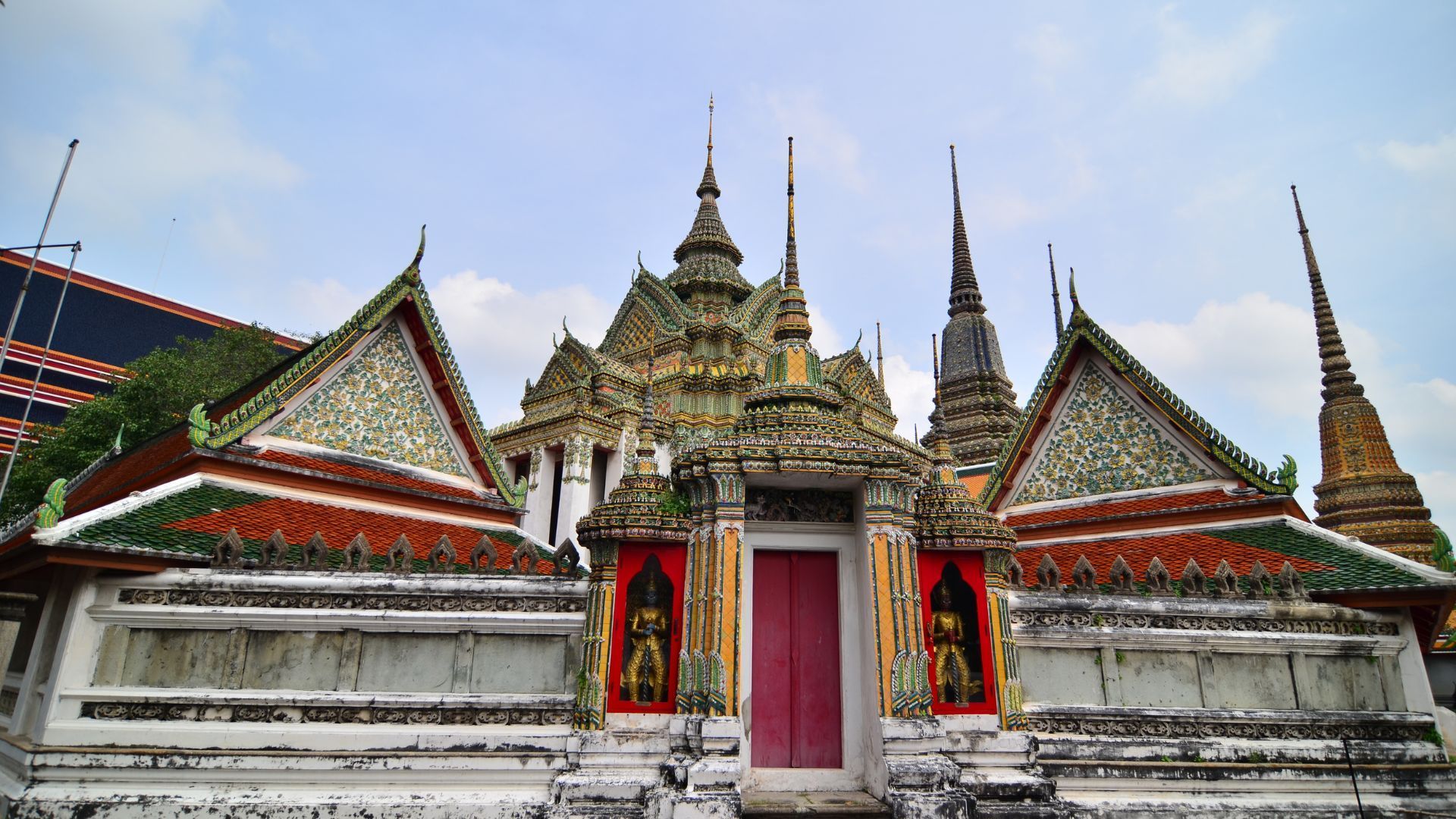
Only six temples in Thailand are regarded as the highest grade of first-class royal temples, and Wat Pho is the first on this list. Officially known as Wat Phra Chetuphon Wimon Mangkhalaram Rajwaramahawihana, it was built by King Rama I for the monks to study Dharma. The Wat Pho also stands as one of the largest in Bangkok. The most remarkable feature of this temple is the reclining Buddha, which spans 46 metres in length and stands 15 metres tall, making it the largest in the city. It is adorned with gold, and each foot bears 108 auspicious images embellished with pearls.
The temple also serves as the national headquarters for the teaching of traditional Thai medicine, including Thai massage. You can book authentic Thai massages and foot massages at the temple and even learn the art at the Wat Pho Thai Traditional Massage School located within the temple’s premises.
How to reach: Wat Pho is located approximately 2 km from the city centre of Bangkok.
Book your stay at Chatrium Hotel Riverside Bangkok via Booking.com
Book your stay at Chatrium Hotel Riverside Bangkok via Agoda
Wat Arun

Located on the banks of the Chao Phraya River in Bangkok, Wat Arun Ratchawararam Ratchawaramahawihan, also known as the Temple of the Dawn, is a testament to Thailand’s rich history. This first-class royal temple once cradled the Emerald Buddha before it was shifted to Wat Phra Kaew in the Grand Palace.
The temple is dedicated to the Hindu God Aruna and has five towers (pagodas), each decorated with bright porcelain and ceramic tiles. While the grand pagoda stands 70 metres tall, it is surrounded by four smaller pagodas and resembles a Khmer-style architectural design. Visitors can even climb the grand pagoda to enjoy panoramic views of the Chao Phraya riverfront. The temple also plays a role in the Royal Barge Procession, adding to its cultural significance.
How to reach: Wat Arun is approximately 6 km from the city centre of Bangkok.
Book your stay at Amari Bangkok via Booking.com
Book your stay at Amari Bangkok via Agoda
Wat Phra Kaew
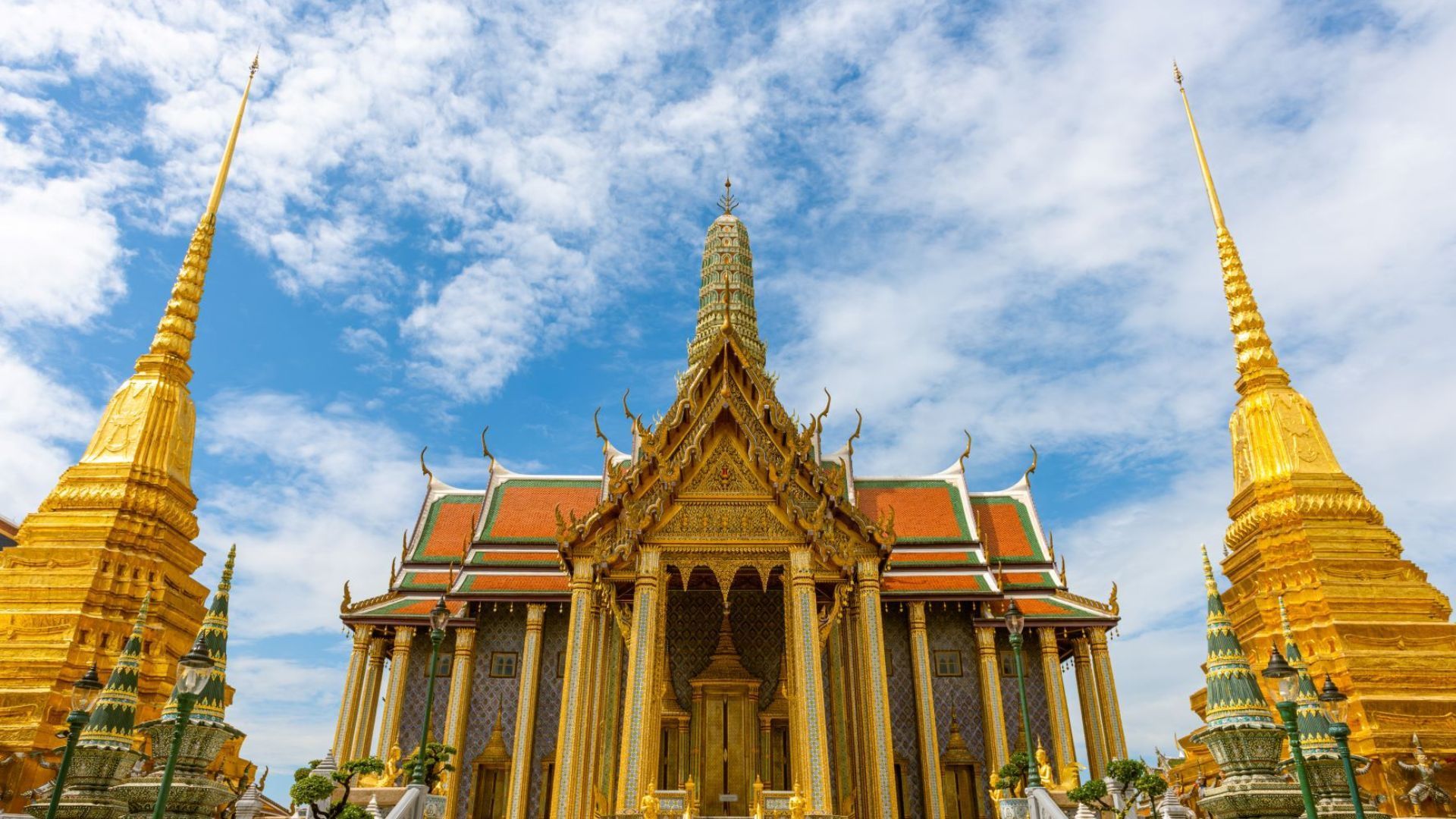
Within the Grand Palace in Bangkok rests the renowned Emerald Buddha in Wat Phra Kaew, the protective deity of the city. This special-class temple is Thailand’s most sacred, with the revered sculpture earning it the moniker ‘Temple of Emerald Buddha’. Despite standing at a mere 66 cm in height, the 15th-century sculpture holds immense cultural and historical significance in Thailand. The grand temple represents the might of the deity through its art, architecture and sculptures.
The temple’s interior features intricate murals depicting royal processions and scenes from the Jataka tales. The temple has a four-tiered Thai-style roof, and the pediment is carved with the imagery of Naga Garuda, a Hindu deity. At least 48 Nang Rian pillars and twelve wooden pillars surrounding the temple enhance its opulence, which is further highlighted by the walls adorned with gilded flower-shaped patterns and mirrors.
How to reach: Wat Phrae Kaew is only 1 km from the city centre of Bangkok.
Book your stay at The Westin Grande Sukhumvit via Booking.com
Book your stay at The Westin Grande Sukhumvit via Agoda
Wat Rong Khun

The grand structure of Wat Rong Khun is an architectural marvel etched with carvings of white and glass mosaics. This is not an active Buddhist temple, but rather a beautiful landmark located in Pa O Don Chai, Chiang Rai Province. It is considered a masterpiece by renowned Thai visual artist Chalermchai Kositpipat.
Also known as the White Temple, the walls here feature grand and extravagant paintings portraying heaven, hell and nirvana, along with contemporary elements like depictions of 9/11, Elvis, Hello Kitty, and Superman.
How to reach: Wat Rong Khun is approximately 14 km from Mueang Chiang Rai.
Book your stay at Le Meridien Chiang Rai Resort via Booking.com
Book your stay at Le Meridien Chiang Rai Resort via Agoda
Wat Phra That Doi Suthep

Perched on top of the Doi Suthep mountain on the outskirts of Chiang Mai, Wat Phra That stands as one of northern Thailand‘s most sacred and famous temples. Ascending the 306 steps up the mountain, visitors are treated to breathtaking views of the city and surrounding valleys. The temple boasts giant seven-headed Naga statues and holds a popular local myth.
According to legend, a wandering monk brought a piece of Lord Buddha’s shoulder bone. The bone broke into two pieces at the base of the mountain, and one half was enshrined at the Wat Suan Dok. The other half was mounted onto a sacred elephant who wandered the forest till it died, and Wat Phra was built at that very place. King Key Naone is credited for establishing the temple.
How to reach: Wat Phra That Doi Suthep is 72 km from Chiang Mai.
Book your stay at Shangri-La Chiang Mai via Booking.com
Book your stay at Shangri-La Chiang Mai via Agoda
Wat Maha That

Once a royal temple of the Ayutthaya Kingdom, Wat Maha That now stands as one of the few archaeological sites within the Ayutthaya Historical Park, a UNESCO World Heritage Site in Thailand. It is believed to be one of Ayutthaya’s oldest and most significant temples, with origins dating back to the 18th century. The temple once housed a sacred relic of Buddha.
The most beautiful architectural element that still stands in the ruins of Wat Maha That is the head of Buddha placed by a tree decades ago, which is now wrapped by the roots, leaving the statue entwined with the tree. Besides this, the temple has remnants of several beautiful pagodas and small temples.
How to reach: Wat Maha which is approximately 79 km from Bangkok.
Book your stay at Sala Ayutthaya via Booking.com
Book your stay at Sala Ayutthaya via Agoda
Wat Chaiwatthanaram

Located near the Ayutthaya Historical Park, Wat Chaiwatthanaram is a popular archaeological site among visitors. The temple rests on the western riverbank of Maenam Chao Phraya and was commissioned by King Prasat Thong in 1630 to pay homage to his mother.
The architectural design of Wat Chaiwatthanaram was influenced by Cambodia’s Angkor Wat, with the unique Khmer-style pagoda (prang) in the centre and smaller prangs surrounding it. Although the temple now stands in a state of ruin, it sits atop a sturdy square platform, a testament to its historical grandeur.
How to reach: Wat Saket is only 1 km from the city centre of Bangkok.
Book your stay at Classic Kameo Hotel & Serviced Apartments via Booking.com
Book your stay at Classic Kameo Hotel & Serviced Apartments via Agoda
Wat Saket and The Golden Mount

Perched atop an artificial hill in Bangkok, Wat Saket stands as one of the city’s oldest temples, setting itself apart from the others. Originally named Wat Sakae, its distinctive golden pinnacle glistens prominently from a distance, serving as a symbol of the city. After climbing 320 stairs, you will reach the temple structures, known as the Suwanbanphot, standing at an impressive height of 77 metres.
This temple boasts a rich history intertwined with the city. The temple, as we recognise it today, is the result of efforts by King Rama IV, who initiated the construction of the Golden Mount, and King Rama V, who oversaw its completion. The temple’s design draws inspiration from the Golden Mount of Ayutthaya.
How to reach: Wat Saket is only 1 km from the city centre of Bangkok.
Book your stay at Bangkok Marriott Hotel Sukhumvit via Booking.com
Book your stay at Bangkok Marriott Hotel Sukhumvit via Agoda
Wat Suthat

Formerly known as Wat Suthatthepwararam Ratchaworahawihan, this temple holds the status of being a first-grade royal temple situated in Bangkok. The temple is famous for its intricate murals of Jakata tales. Right in front is the iconic Giant Swing, a site that once held religious significance within Brahmanic traditions.
While this temple may not exude the grandeur of some others on this list, it holds profound religious and cultural importance among the local populace. Within its hallowed grounds resides the famous Phra Sri Sakyamuni, Thailand’s largest surviving bronze statue from the Sukhothai period, where the ashes of King Rama VIII find their resting place.
How to reach: Wat Suthat is only 850 m from the city centre.
Book your stay at Radisson Blu Plaza via Booking.com
Book your stay at Radisson Blu Plaza via Agoda
Wat Chalong
 Image credit: https://www.tourismthailand.org/Attraction/wat-chalong-wat-chaitaram
Image credit: https://www.tourismthailand.org/Attraction/wat-chalong-wat-chaitaram
Once famous as Wat Chaiyathararam, this magnificent temple in Phuket goes by the name Wat Chalong among the locals. It is the most important temple in Phuket, and its beauty and spiritual ambience attract both Buddhist pilgrims and tourists alike.
The walls and roof of the temple are adorned with intricate paintings of Lord Buddha, while its interior is adorned with golden statues gifted by devotees, including statues of revered monks like Luang Pho Chaem and Luang Pho Chuang, who played an important role in safeguarding the local populace during the 19th-century Chinese rebellion. The temple’s chedi also serves as a sacred repository for a fragment of Buddha’s bone.
How to reach: Wat Chalong is 24 km away from Phuket.
Book your stay at Sinae Phuket via Booking.com
Book your stay at Sinae Phuket via Agoda
Shop the best travel experiences here
Hero and feature image credit: JJ Harrison (https://www.jjharrison.com.au/), CC BY-SA 3.0, via Wikimedia Commons
Related: Experience The Rich Heritage Of Thailand Through These UNESCO World Heritage Sites
Frequently Asked Questions (FAQs)
– Are there any dress code requirements for visiting temples in Thailand?
Active temples often have dress codes, typically requiring modest attire. Specific requirements, if any, are usually communicated beforehand.
– Can I wear shoes inside the temple premises?
Shoes are not allowed inside active temples. However, you can wear them when visiting the temple ruins at Ayutthaya Historical Park.
– Are there any entrance fees to visit temples in Thailand?
Each temple may have its own entrance fee policies.
– Can I touch Buddha statues in the temples?
Generally, visitors are not allowed to touch statues unless it’s necessary for worshipping a specific deity within the temple.
– Can I visit temples if I’m not a Buddhist?
Yes, these temples are open to everyone, including both devotees and tourists.


